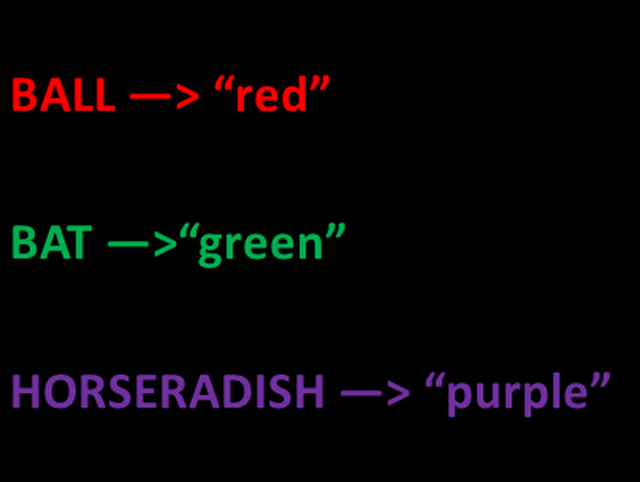Put our brains into the modern food environment, and you have a recipe for disaster. Our brains are hardwired to crave calorie-dense foods, this craving no doubt arising from our evolutionary time spent on the Tundra where calories were often scarce. But our modern food environment surrounds us with calorie-dense foods, forcing us to deplete limited willpower trying to keep our cravings from turning into over-consumption. Fortunately, brain science hints at several ways to reduce this pattern of craving and consumption.
Let’s start with a part of the brain called the left dorsal lateral prefrontal cortex, a region important for helping restrain ourselves from engaging in unwanted behaviors. Do something to disable the dlPFC (as the cool kids call it), and you will lose self-control or willpower. For example, psychologists often measure self-control using something called the Stroop effect, in which people are asked to quickly state, say, the color of a series of fonts. This seems like it should be pretty simple.

In the Stroop task, however, every once in a while people get something like the following:

When people see this word they are supposed to say “red” because the word is in a red font. But many people blurt out “green” instead, unable to inhibit the impulse. As it turns out, when researchers use a clinical stimulator to zap the dlPFC, people’s performance on the Stroop task declines. Here, in case you are interested, is a picture of one of these stimulators – don’t let a stranger persuade you to place one on your head!
To read the rest of this article, please visit Forbes.
